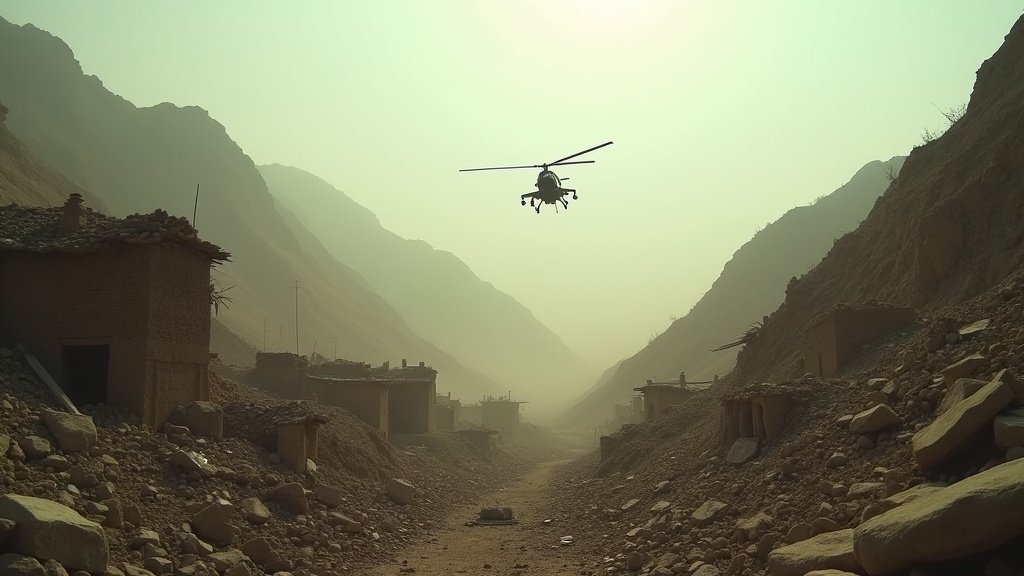A powerful magnitude 6.0 earthquake struck eastern Afghanistan on Sunday night, September 1, 2025, unleashing widespread devastation and claiming the lives of at least 1,411 people, with over 3,124 others injured. The tremor, which hit just before midnight local time, flattened entire villages in the mountainous Kunar province and surrounding areas, leaving residents trapped beneath the rubble of mud and stone homes.
Rescue operations are facing immense challenges due to the rugged terrain, landslides, and destroyed roads, which have made access to many of the hardest-hit remote villages extremely difficult. Aid workers are relying heavily on helicopters to reach affected communities, as road networks have been severely compromised. The humanitarian situation is dire, with thousands of homes destroyed, leaving survivors with nothing.
Taliban government spokesman Zabihullah Mujahid confirmed the grim casualty figures on Tuesday, noting that the death toll and number of injured were expected to rise as rescue teams manage to access more isolated locations. The most severe impact has been reported in Kunar province, where villages have been reduced to debris. Nangarhar and Laghman provinces have also sustained significant damage.
The shallow depth of the earthquake, estimated at around 8 kilometers (5 miles) below the Earth’s surface, contributed to its destructive power, causing greater impact on structures. The earthquake was felt across the region, including in neighboring Pakistan and as far as Kabul.
International aid efforts are mobilizing, with the United Nations and various countries pledging support. The UK has allocated £1 million for relief, channeled through UN and Red Cross operations. India is sending tents and food supplies, while the European Union has committed €1 million in humanitarian funding and 130 tonnes of essential relief supplies, including shelter items, clothes, and medical kits. The EU has also activated its Copernicus satellite service to aid in mapping and aid delivery.
However, the scale of the disaster has outstripped local capacities, prompting the Taliban administration to appeal for urgent international assistance. Aid organizations have highlighted the precarious humanitarian situation in Afghanistan, which was already struggling with a severe economic crisis and widespread poverty, exacerbated by mass deportations of Afghans from neighboring countries.
This latest catastrophe comes after a series of devastating earthquakes in recent years, including a magnitude 6.3 quake in western Herat province in October 2023 that killed over 2,000 people. The frequency and intensity of seismic activity in Afghanistan, situated in a geologically active zone where tectonic plates converge, underscore the country’s persistent vulnerability to natural disasters. The world watches as Afghanistan grapples with this immense tragedy, with urgent needs for shelter, medical supplies, and food being paramount for the affected populations.

